Bassinets: The Definitive Guide
Should your newborn sleep in a bassinet? What should you look for when choosing one? How do you keep your precious little one safe?
If you’re not sure what a bassinet is, here’s a video that shows what one looks like:
https://youtu.be/HvQD3Fk0tM4
A bassinet (sometimes called a “cradle”) is a small crib designed for young babies: newborns up to about three or four months. Using a bassinet means you can easily have your baby in your room – even if there isn’t space for a full-sized crib.
You might also feel – like I did! – that your tiny bundle of joy looks much too little for a crib, and you’d prefer to have them in a nice cozy bassinet.
Most bassinets have breathable mesh sides, and many of them rock, play music, or have other features to help sooth your baby to sleep.
Bassinets range from about $50 to several hundred dollars in price, so even if you’re on a budget, you should be able to find a model to suit you.
How Long Can You Use a Bassinet For?
Bassinets are suitable for newborn babies and can be used until your baby can roll over (usually around four months).
Once your baby can roll over or push up on their hands, most bassinets are no longer suitableas your baby could potentially topple the whole thing over. By this point, they’ll likely be outgrowing the bassinet anyway.
Some bassinets also have a weight limit (20lbs is common, but it may be lower) – so do adhere to this, too. The average baby won’t weigh 20lbs till they’re nine months old, though, so you’ll probably reach the “rolling over” milestone well before your baby is too heavy for the bassinet.
Of course, if you prefer to use a crib straight from the start, that’s fine too. Keep in mind that your baby should ideally sleep in your room for the first six months, so space may be a consideration here.
What Types of Bassinet Are There?
As with all baby-related products, there are lots of different options you can choose from when deciding which bassinet to buy.
Let’s take a look at some of the key ones.
Standard Bassinet
Most standard bassinets are designed to be used around your home and can be moved from room to room.
Bedside Bassinet
One key factor that differentiates bassinets is whether or not they’re designed to be used alongside a bed as a side sleeper (also called a “co-sleeper” or “bedside crib”).
If you want easy access to your baby during the night – which might be particularly important if you’re breastfeeding – then you can use a bedside bassinet next to your bed.
Cradles
Traditional cradles are made from wood, and most can be set either so you can rock them or to be stationary. They tend to be similar in price to bassinets, starting at about $50 for basic models.
You might prefer to have a wooden cradle, especially if you can get one handed on from family or friends, or if it simply suits your bedroom décor well. Do be careful with older models, though, as they won’t necessarily meet up to modern safety standards. In particular, you should check that the gaps between the slats (bars) are no more than 6 centimeters.
Cradles tend to be larger and heavier than bassinets – which is fine if you don’t plan to move them around, but not great if you want something you can easily shift from room to room, or even from upstairs to downstairs.
Moses Baskets
I live in the UK, where Moses baskets are very popular. We used them for both of our children when they were very small. They’re like a simple bassinet, made of wicker, and have a fitted mattress. Our Moses basket had a stand, but a lot of the time, we just kept it on the floor.
One great thing about a Moses basket is that it’s very portable – we used to let our daughter nap in the living room while we watched TV in the evenings (she slept right through a particularly gory episode of Game of Thrones), and when our son was born, we’d settle him in the Moses basket downstairs so he didn’t disturb his sister while we were getting her to bed in the nursery.
Moses baskets tend to cost the same as a cheap bassinet ($50 - $100), though you may well be able to find one second-hand. As with a cot, if you do buy second-hand, you should purchase a new, unused mattress.
Playards
A playard, or a Pack n’ Play, can make a great alternative to a bassinet – especially if you want something portable. Some models come with a bassinet / small crib attachment, making them particularly safe for your newborn.
If you want something that will last your child for longer than 3-4 months, or if you want a portable solution in addition to a heavy wooden cradle or crib, then a playard could be a great option. Like bassinets, many come with a “rock” mode, or may even have gentle lights or sounds to amuse or sooth your child.
While playards aren’t necessarily designed as somewhere for your baby to sleep every single night, most pediatricians think that modern playards are safe for your baby to sleep in as often as you want (ideally, though, make sure that they have a firm mattress).
Baby Boxes
Until a few years ago, I’d never even heard of a “baby box” – but they’ve become such a popular idea that my local hospital service now provides them free.
The “baby box” idea originated in Finland, where – since the 1930s – expectant mothers have been given a free box with a mattress at the bottom, filled with clothing, a sleeping bag, bathing products, nappies and more. The baby can safely sleep in the cardboard box itself.
Several companies have sprung up that sell baby boxes – which could make a great gift for a baby shower, if several friends club together.
Understandably, though, cardboard boxes aren’t necessarily so safe or durable as bassinets, cribs or Moses baskets – so you might want to see these as a temporary or occasional sleeping space for your baby, rather than somewhere to put them every night.
How to Use a Bassinet Safely
Whether your baby is sleeping in a bassinet, cradle, Moses basket, crib, or even a cardboard box, you need to make sure you’re using it safely.
In particular, you should:
- Place your baby at the bottom of their bassinet(so they can’t slip beneath the covers in the night). Put them on their back, not their front. An easy way to remember these is “feet to foot” and “back to sleep”.
- Be careful where you position the bassinet.Don’t put it next to a radiator, where your baby could overheat, for instance, or in the middle of a room where an older child could easily knock into it.
- Ensure that the mattress is closely fitted, with no gaps. The mattress should be firm, not soft, and you shouldn’t use any sort of pillow until your baby is at least a year old. If you bought your bassinet second-hand, always buy a new mattress.
- Don’t let your baby rock unattended.Babies can potentially get rolled against the side of the bassinet by the rocking motion, which can be a suffocation risk. An older child (or even a pet) could potentially rock the bassinet too hard, as well.
-
Don’t place the bassinet anywhere near loose cords or strings, such as window blind cords, hanging toys, or anything else that could potentially pose a strangulation risk.
While a bassinet isn’t a strictly necessary purchase – your newborn can go straight into a crib – many parents do find a bassinet the most convenient option in the first few months of their baby’s life.
Make sure you choose a model that will work for you as a family (even if that means spending a little more for something durable or more lasting), and hopefully you’ll all be in for a great night’s sleep.
Do you have a favorite bassinet or a different option to recommend? Share it with us in the comments.




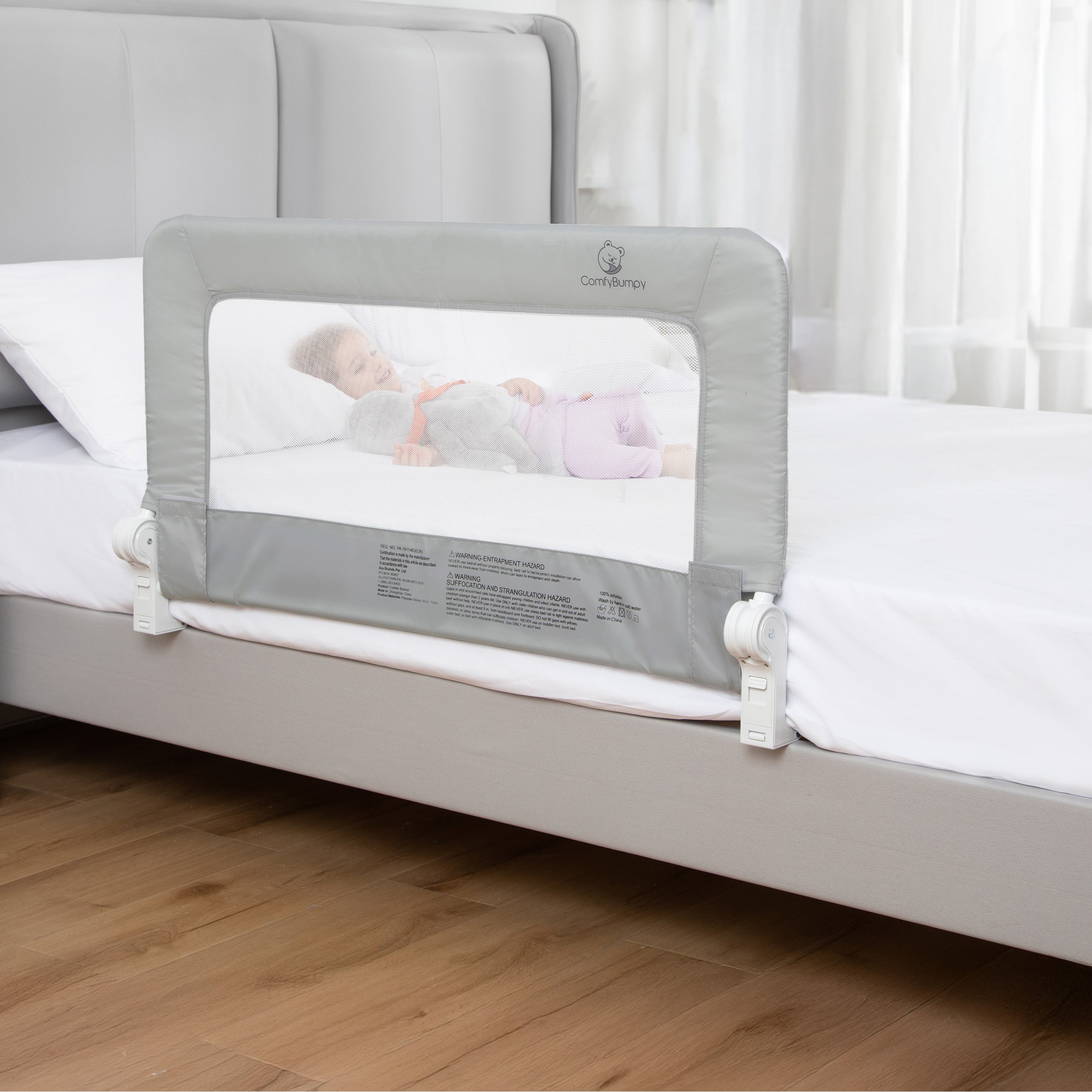
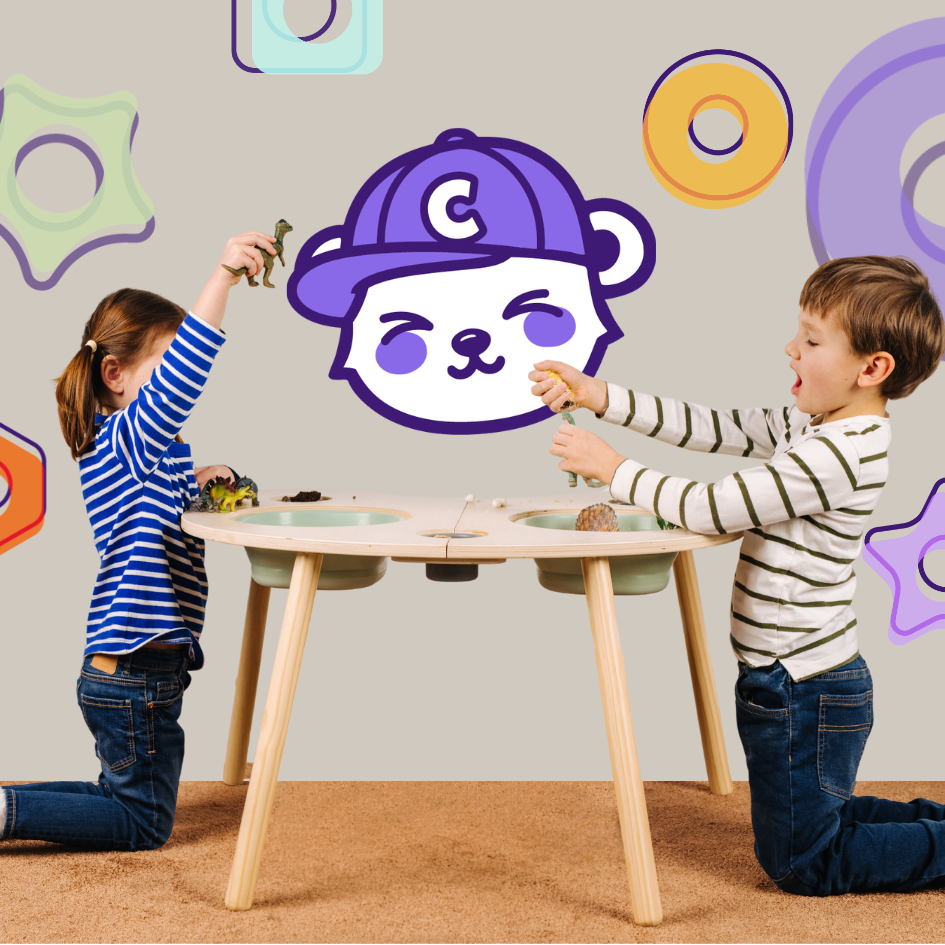
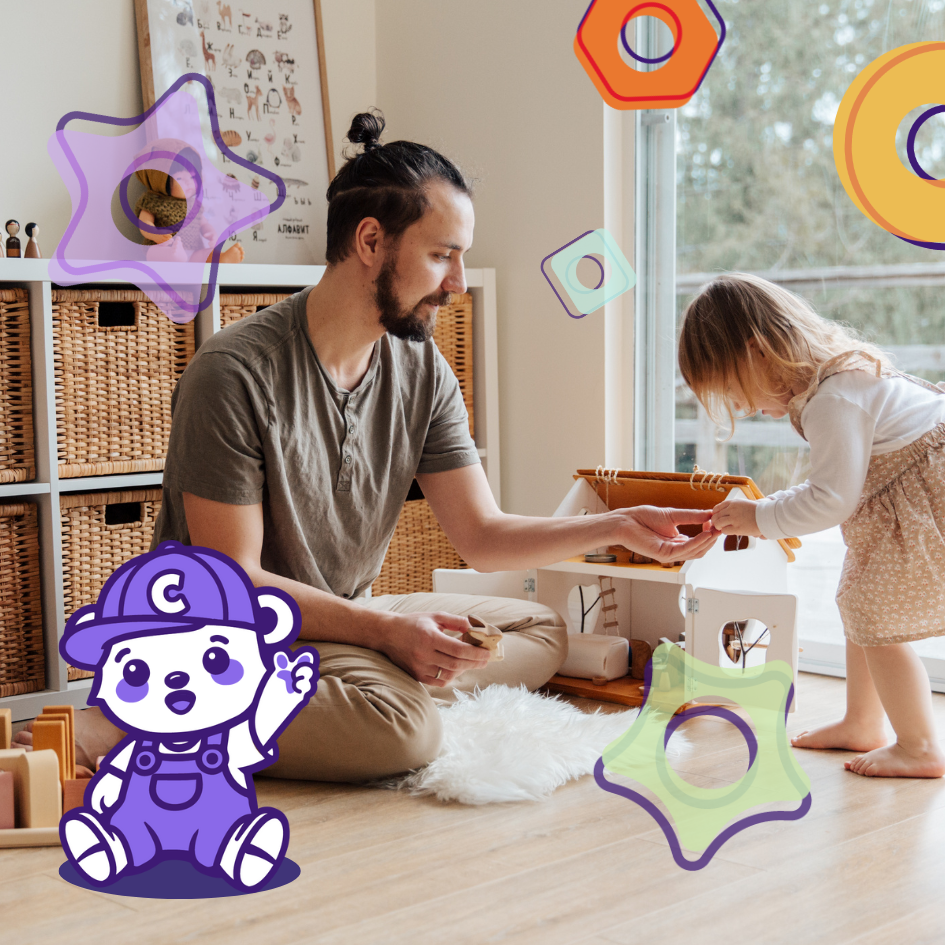
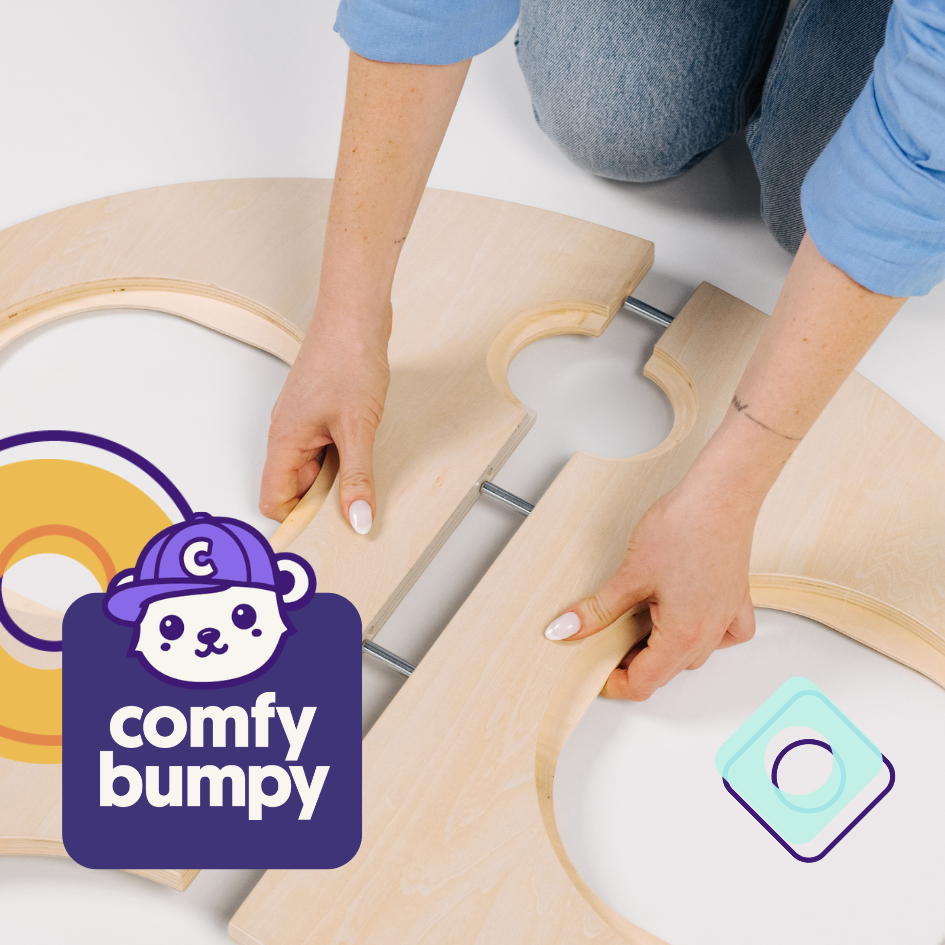
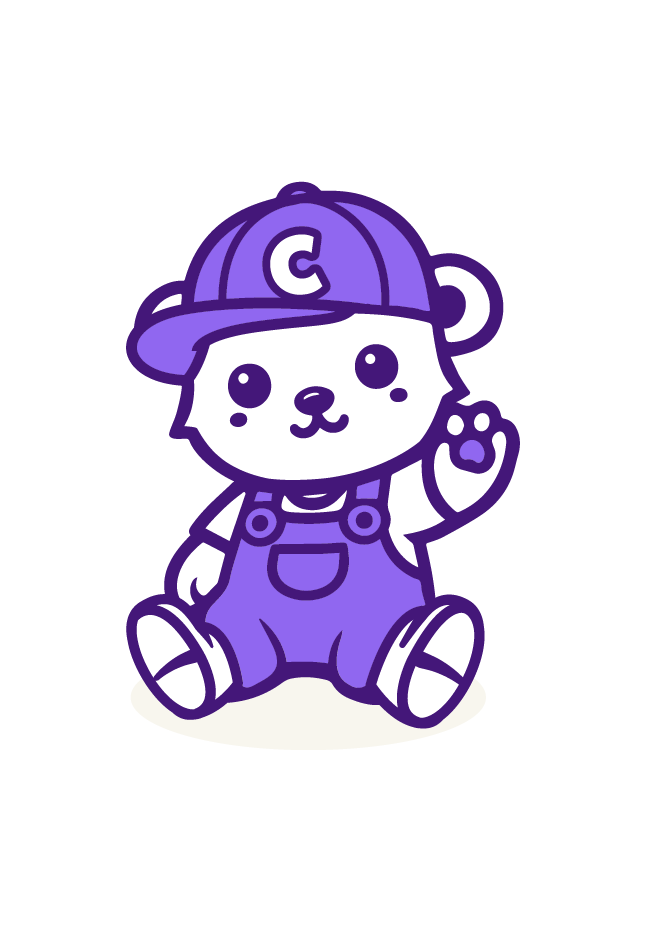
Leave a comment